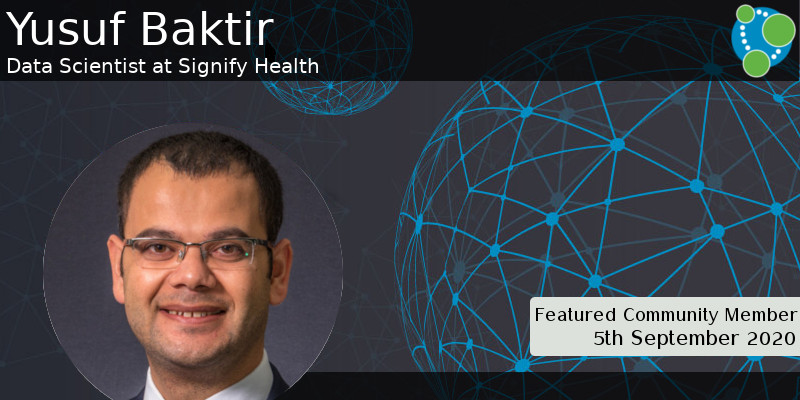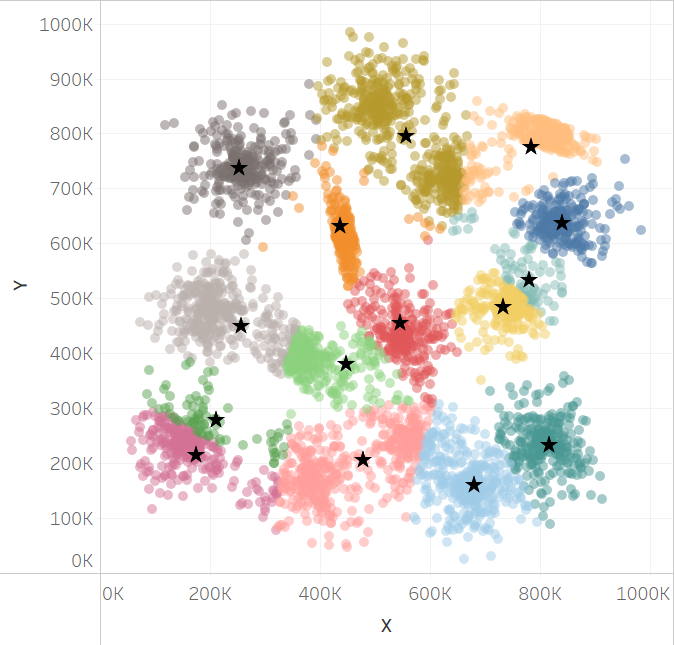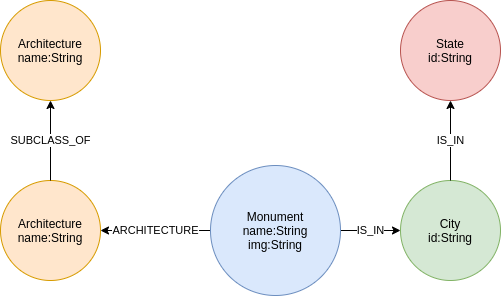This Week in Neo4j – Hands-On Graph Analytics with Neo4j, Knowledge Graph using NLP and Ontologies, K-means clustering

Developer Relations Engineer
7 min read

Hi graph gang,
In this week’s video, Jesus and I show how to build a Software Knowledge Graph.
Max De Marzi walks through a procedure that implements faux bitmap indexes, Nathan Smith implements k-means clustering, and Michael Simons gives us a deep dive of the Neo4j drivers.
And finally, Tomaz Bratanic builds a knowledge graph of monuments in Spain.
Featured Community Member: Yusuf Baktir
This week’s featured community member is Yusuf Baktir, Data Scientist at Signify Health

Yusuf Baktir – This Week’s Featured Community Member
Yusuf reached out to Michael Hunger on the Neo4j Users Slack in April of this year and said he was interested in collaborating on networkx-neo4j. networkx-neo4j is a Python library that I created to provide a networkx-esque API for the Graph Algorithms library.
Over the last few months, Yusuf has migrated the library to use the Graph Data Science library and has created Jupyter notebooks to help users get started. He recently wrote a blog post explaining the changes that he’s made to the networkx-neo4j library, how to use it, and his ideas going forward.
On behalf of the Neo4j community, thanks for your work Yusuf!
Book: Hands-On Graph Analytics with Neo4j

Estelle Scifo recently published Hands-On Graph Analytics with Neo4j, which provides a mix of hands on exercise and explanation around NLP, spatial data, and Graph Algorithms.
TWIN4j readers can get 25% off the book on amazon.com by using the 25DATABEAM discount code.
Building a Knowledge Graph using NLP and Ontologies
This week’s video is a presentation by Jesus Barrasa and me from the recent Neo4j Connections: Knowledge Graphs event.
In the video, we show how to build and query a software knowledge graph using data extracted from Wikidata and the dev.to developer blog. The n10s and APOC libraries feature heavily. We also wrote a tutorial that has step by step instructions to reproduce everything shown in the video.
You can find all the talks from the conference in the video archive.
K-means clustering with Neo4j

The K-means clustering algorithm is a popular unsupervised learning technique that works well when your data can be grouped into a known number of natural clusters.
In his latest blog post, Nathan Smith shows how to implement this algorithm using Neo4j and Cypher queries.
Faux Bitmap Indexes in Neo4j: Part 2

Max De Marzi continued his series of blog posts showing how to use faux bitmap indexes to optimise single model queries where relationships aren’t considered.
In the second post, Max takes us through the code for building a user defined procedure that implements boolean logic filtering.
Connected Feature Extraction, Neo4j on Kubernetes, Drivers Deep Dive

- We’ve added a new developer guide explaining connected feature extraction, a technique that is used to improve the performance of Machine Learning models.
- Arseny Zinchenko explains how to run Neo4j on Kubernetes with the help of a Helm chart.
- Michael Simons has written a deep dive into Neo4j drivers, explaining different edge cases using Spring Data Neo4j.
- Michal Štefaňák published stefanak-michal/Bolt, a PHP driver for Neo4j.
Traveling Tourist: Part 1 – Building a Knowledge Graph of monuments located in Spain from WikiData API

Tomaz Bratanic has started writing the Traveling Tourist series of blog posts, and begins by building a knowledge graph of monuments in Spain.
He gives a brief introduction to the neosemantics (n10s) library, before showing how to construct a SPARQL query against the Wikidata API, and import the results into Neo4j using n10s. Tomaz also shows how to enrich the graph with spatial information and use this information to explore the most frequent architectural style of monuments in each state.
Tweet of the Week
My favourite tweet this week was by Chris Skardon:
One of those moving your database from local #neo4j to #neo4jaura using #ssis moments pic.twitter.com/wSUP5buCUS
— Chris Skardon ?? (@CSkardon) September 3, 2020
Don’t forget to RT if you liked it too!








